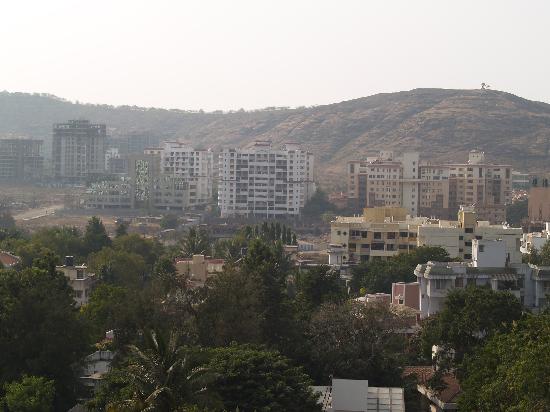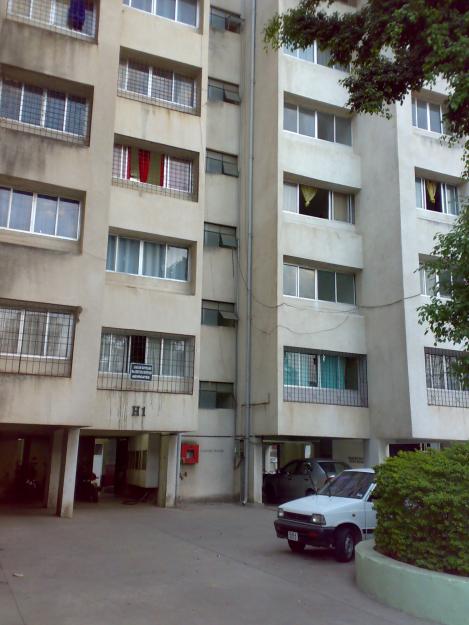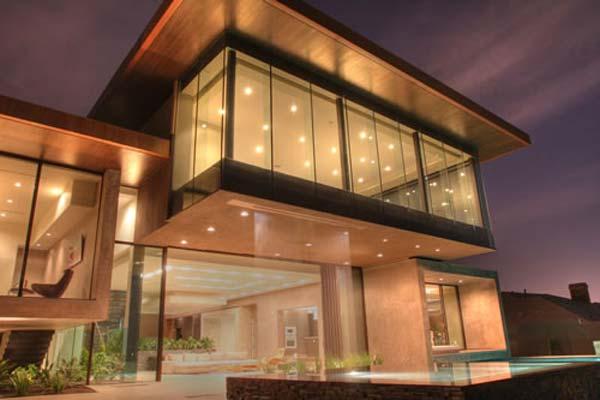
Realty trends in outskirts of Pune – part II
Hinjewadi is the fastest developing IT hub of Pune located north-west to Pune city. Hinjewadi is 10 km from Pune city, 21 km from Pune airport and 16 km from Pune Railway station.

Hinjewadi is the fastest developing IT hub of Pune located north-west to Pune city. Hinjewadi is 10 km from Pune city, 21 km from Pune airport and 16 km from Pune Railway station.

Hadapsar is an eastern suburb in Pune City, well known for two SEZs Magarpatta city and Fursungi IT Park. Amdocs, John Deere, Accenture, EXL, IBM, TCS, Aviva, Honeywell and Zensar are among the few IT companies in Hadapsar. Hadapasar is picking up as many big real estate projects have come up in the vicinity.

The eastern corridor of Pune has witnessed rapid growth in commercial sector as Grade A developers have ample stock to lease in the area which enjoys an advantage in terms of social infrastructure, connectivity to other parts of the city, abundant residential options, proximity to airport and railway station among host of other advantages.

The Confederation of Real Estate Developers’ Associations of India has expressed displeasure about the proposed Model Real Estate (Regulation of Development) Act in its present form, saying it could lead to an escalation of prices of housing stock in the country by Rs 300 per sq ft.

Mumbai is the financial capital of the country. While it is still a far cry from being comparable to Shanghai in terms of aesthetics and infrastructure, the fact remains that most large corporations and financial institutions have their presence in this city.

Pune’s growth and development have coincided with the boom of the IT industry, resulting in the city’s transition a pensioners’ destination to a vibrant metropolitan city. A lot of this change has been witnessed over the last 8-10 years. The skyline of the city is now defined by apartment development – the majority of which are about 7 to 11 storeys high.

Kolkata is fundamentally a Tier II city, and its real estate market is not as volatile as those of the primary cities. Because of this, Kolkata’s residential property sector was not as seriously impacted by the nationwide slump in the real estate market as cities like Mumbai, Delhi, Pune or Hyderabad.

With the return of confidence in the sector, Indian real estate players are now once again looking at private equity funding. That said, the industry still depends heavily on bank debt, NBFC funding and end-user advances. This is because bank debt is a cheaper option, and also because it offers flexible tenures.

Real estate markets are inherently vulnerable to prolonged periods where prices deviate from their fundamental value. The features that contribute to this deviation are imperfect information, suboptimal financial markets and supply rigidities. Imperfect information causes buyers to either overestimate or underestimate the fundamental value of real estate assets.

Indian real estate is still a viable and fairly safe long-term investment option. Investors with a short-term view on ‘instant returns’ need to look elsewhere, but most other asset classes are quite volatile in nature and will continue to remain so. Indian residential real estate is a long-time favourite of resident Indians and NRIs, and recent trends suggest a positive outlook for this asset class going forward. Property prices have bottomed out and cannot possibly reduce further, especially since construction costs are gradually heading north.
